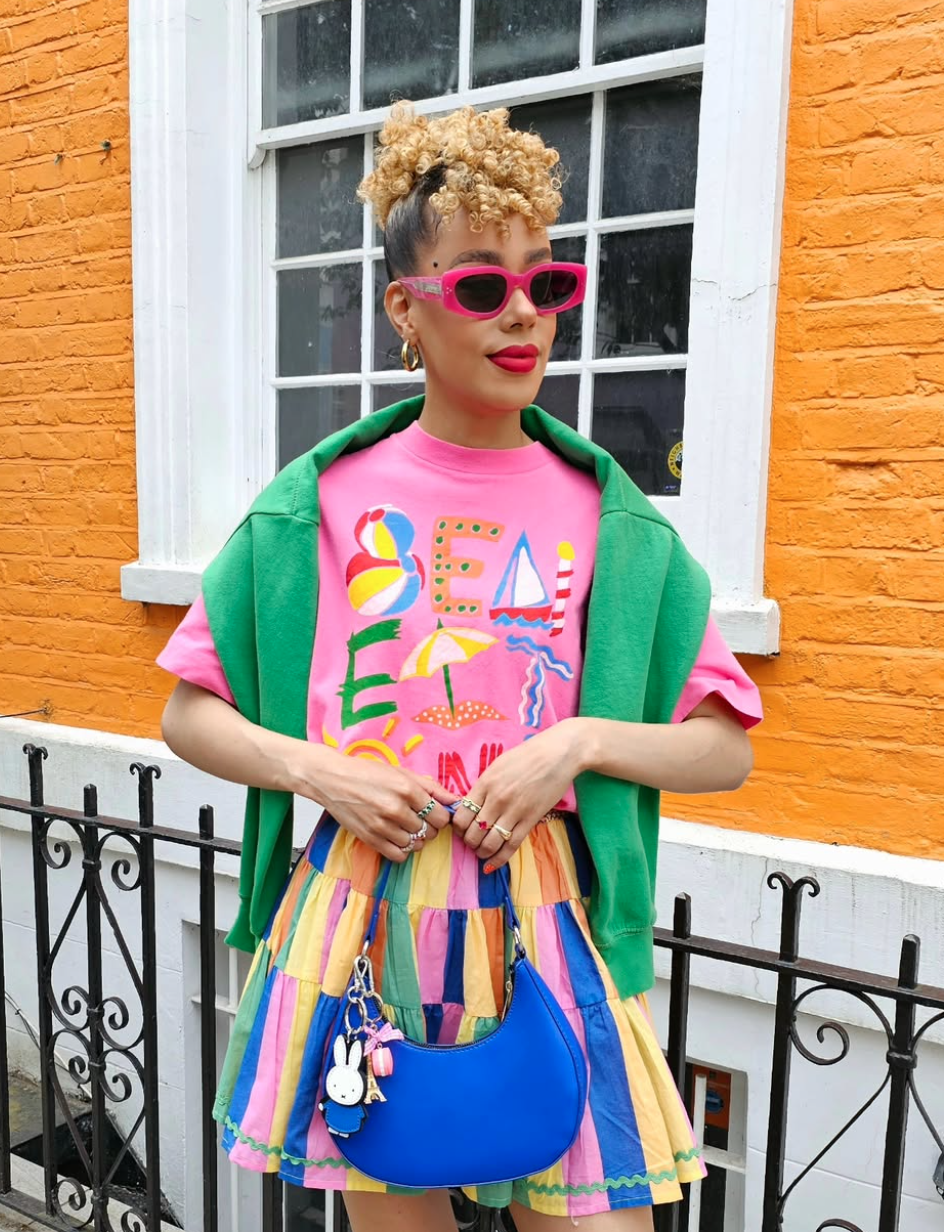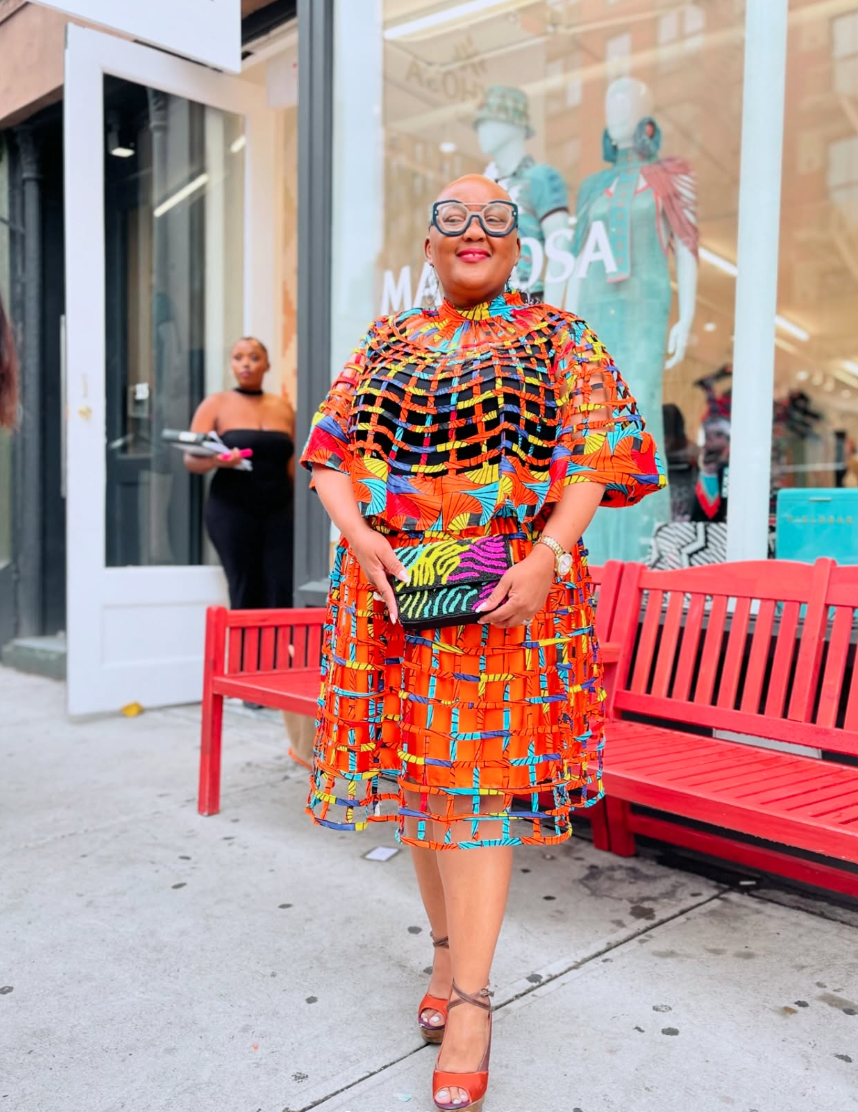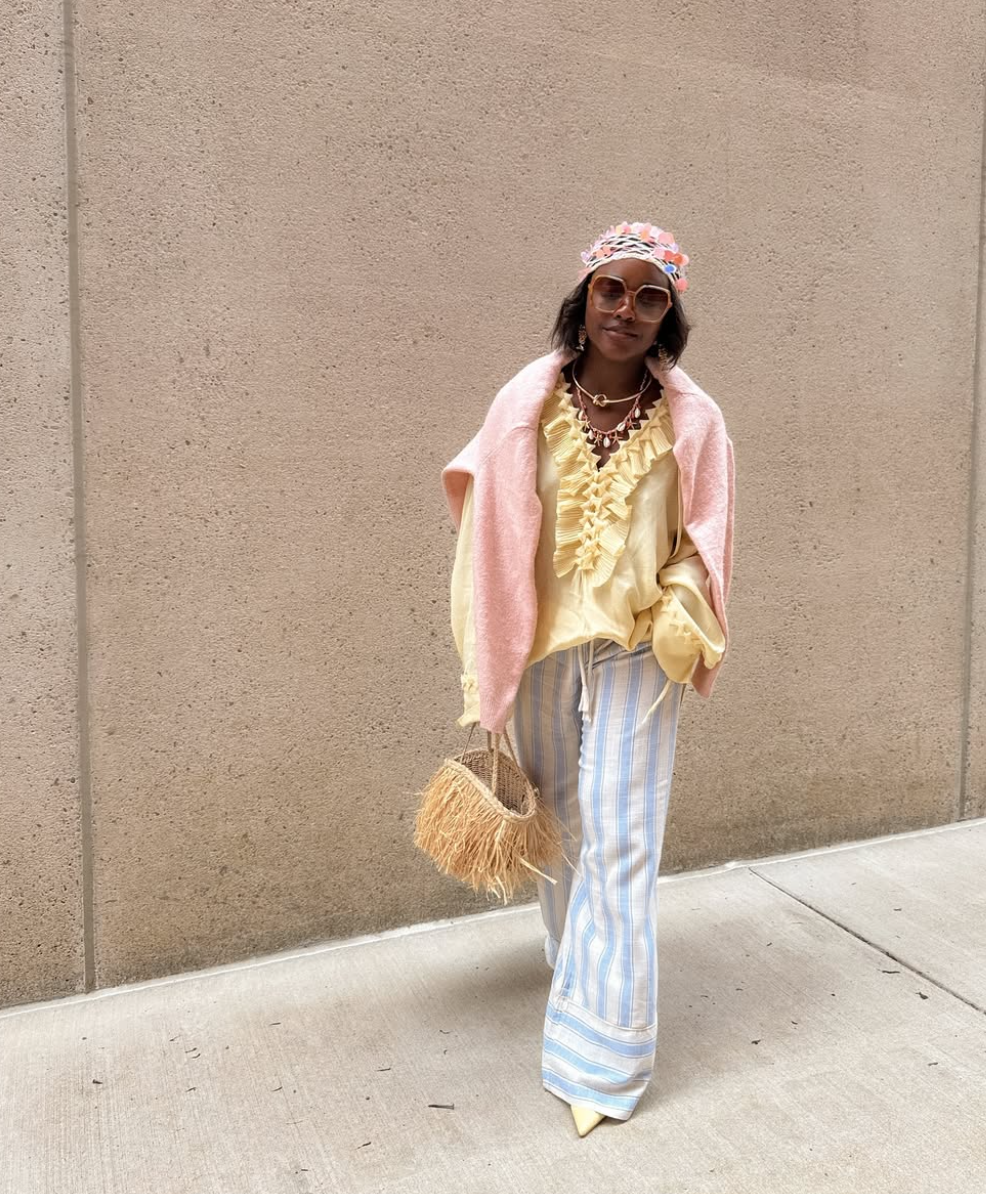What I Learned After Tracking Every Outfit I Wore for a Month
Photo Credit:@novasistas
I didn’t do this to be cute.
I didn’t do it to become a capsule wardrobe queen, a minimalist, or someone who wears the same blazer 37 ways.
I did it because I kept staring at my closet thinking, “Why do I have so many clothes and nothing to wear?”
Sound familiar?
So I opened up the Wardrobe Inventory Spreadsheet, made a little column for each day, and decided—for 30 days—I’d track what I actually wore. Not what I planned to wear. Not what I thought I should be wearing. Just what made it out of the house (or stayed on for back-to-back Zoom calls).
The goal? To figure out what I’m really reaching for, what I’m ignoring, and why my closet feels more chaotic than helpful.
Spoiler: It had nothing to do with trends. And everything to do with clarity.
This experiment changed the way I shop, dress, and think about getting ready. So if you’ve ever wanted to organize your closet without getting overwhelmed—or feel like your closet doesn’t reflect who you are anymore—you’re going to want to try this.
Want to do it with me? I used this exact spreadsheet to track everything—and it’ll help you see patterns fast.
You can also check out this post on using the wardrobe inventory if you’re just getting started.
Let’s get into what I expected to happen… and what really went down.
What I Expected to Find (Spoiler: I Was Wrong)
Photo Credit:@ladysiza1
If you had asked me before I started tracking, I would’ve told you:
“I just don’t have enough to wear.”
“I need a few fun pieces to spice things up.”
“Once I get that one pair of shoes, everything will come together.”
I thought this experiment would prove I needed more options. More variety. More statement pieces. You know—that blazer that turns heads or those Pinterest-perfect trousers I swear I’ll wear one day.
I also assumed I wore a much wider range of outfits than I actually did. In my mind, I had a rotation. A good mix of colors. A little creativity.
But what I found instead? A whole lot of repeat offenders—and not in a bad way. Just… in a way that made me question everything I thought I “needed” to buy.
I’d worn the same three jeans on repeat.
I defaulted to the same two sweaters whenever I felt overwhelmed.
And the “fun” stuff? It never even made it to the front of the rack.
Turns out, I wasn’t bored with my closet. I was just disconnected from how I actually live.
And that’s when the lightbulb went off:
This wasn’t a closet problem—it was a clarity problem.
If you’ve ever felt like you’re constantly shopping but never satisfied, this article on cost per wear breaks down the real cost of pieces you only wear once. Spoiler: it adds up.
What I Actually Learned
Photo Credit:@lolathompson
Once I got past the “I have nothing to wear” drama and actually looked at the data, some pretty clear patterns showed up—and they surprised me.
1. I wore the same 15 pieces over and over
Seriously. Out of a full closet, about 85% of my daily looks came from the same small group of basics—jeans, tees, layering pieces, and two go-to shoes. That’s it. And you know what? I didn’t even miss the rest.
2. I didn’t touch 40% of my closet
Some pieces never even crossed my mind. I realized I had entire categories (like fancy tops or printed pants) that looked good on the hanger but didn’t fit my actual life—or how I like to feel in clothes.
3. Neutrals won every single time
Turns out, I naturally gravitate toward warm neutrals, soft blacks, and muted greens. Not the trendy prints I kept impulse buying. If you’ve never created your own color palette, this guide breaks down how to do it without getting lost in color theory.
4. My “favorites” weren’t functional
The pieces I said I loved? Most were one-hit wonders. I wore them once, maybe twice, and then skipped them every other time because they didn’t match anything or didn’t feel like me anymore.
5. A few key items did everything
The real MVPs were my fitted tanks, one pair of jeans, a slouchy cardigan, and my sneakers. With just those, I could mix and match into 10+ outfits. (Which made me wonder… what if I just built around those?)
This was my aha moment. I didn’t need to declutter everything or reinvent my style. I just needed to pay attention to what I was already doing—and lean into that.
If this section resonates, you’ll probably love The Non-Minimalist Approach to Decluttering Your Closet—it’s all about making space without turning into a capsule purist.
The Closet Clarity Moment
Photo Credit:@novasistas
Somewhere around week three, I stopped feeling like I was doing a “challenge” and started noticing how much easier it was to get dressed. I didn’t waste time debating outfits. I didn’t second-guess myself in the mirror. I just… got dressed and felt like me.
That’s when I realized the real value of tracking: it wasn’t about limiting myself—it was about finally seeing myself clearly.
I could finally answer questions like:
What pieces actually work for my lifestyle?
What do I wear when I want to feel confident vs. cozy vs. productive?
Which items are true staples—and which ones are just “style noise”?
I realized I didn’t need more clothes. I needed to build around the clothes I already wear.
It also changed how I shop. Now, when I’m tempted to add something to cart, I ask:
Would I have worn this at least twice during that month I tracked?
If the answer’s no, it doesn’t make the cut.
If this part hit home, check out Why You Should Take Pictures of Your Outfit Every Day—because outfit tracking isn’t just about the clothes. It’s about reconnecting with your style.
How to Do This Yourself (Without Getting Overwhelmed)
Photo Credit:@huesofavry
1. Download the Wardrobe Inventory Spreadsheet
This is the exact tool I used. It’s not fancy, it’s just functional—track what you wear daily, what repeats, and what’s collecting dust. Grab it here
2. Track Your Outfits for 2–4 Weeks
Just jot it down. One line per day. Use shorthand like “Black tee + jeans + blazer” or even snap a photo and log it weekly. You don’t need to get it perfect—you just need to stay consistent.
3. Highlight Repeat Offenders
Every time you wear the same top, bottom, or shoes again, highlight it. At the end of the month, you’ll clearly see what’s earning its keep.
4. Label the Items You Never Reached For
Mark anything you thought you’d wear but didn’t touch. Ask yourself: Was it the weather? Was it comfort? Was it just not you?
5. Look for Themes
Are most of your go-to pieces in the same color family? (Neutrals, earth tones, soft shades?) Do they have a similar vibe? (Sporty, polished, romantic?) This is how you discover your real style—not what Pinterest tells you, but what you naturally do.
You can take this even deeper with articles like:
Follow us on Instagram for more style tips @autumlovedaily
Creator Images used for editorial purposes only. All rights belong to their respective creators. We always link and give credit.





